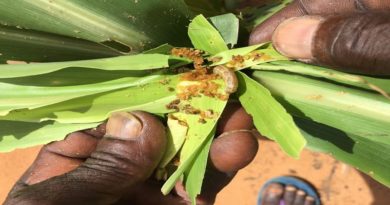Fighting global hunger requires climate action, sustainable Development
In order to fight global hunger, forest protection needs to be a key component of national climate action plans under the Paris Climate Change Agreement and of the UN’s sustainable development goals agreed last year.
This is one of the key findings of the publication The State of the World’s Forests, presented by the UN’s Food and Agriculture Organization (FAO) in Rome on Monday.
The FAO highlights the challenge of feeding the global population, projected to increase from more than 7 billion people today to more than 9 billion by 2050, which it says is made more difficult by the threats of climate change, growing water and land scarcity, and soil and land degradation.
“The 2030 Agenda for Sustainable Development, as well as the Paris Agreement on climate change, recognizes that we can no longer look at food security and the management of natural resources separately,” said FAO Director-General José Graziano da Silva in his opening remarks to the Committee on Forestry.” Both agreements call for a coherent and integrated approach to sustainability across all agricultural sectors and food systems. Forests and forestry have key roles to play in this regard”.
The new UN report also says that reducing emissions from deforestation and forest degradation and the role of conservation, sustainable management of forests and enhancement of forest carbon stocks (known as REDD+) will be vital for global efforts to combat climate change.
In the December 2015 Paris Climate Change Agreement, countries agreed to conserve and enhance sinks and reservoirs of greenhouse gases, including forests. Accordingly, many of the national climate action plans (Intended Nationally Determined Contributions, or INDCs), in which countries set out their responses to climate change, will require action related to agriculture, forests and other land uses.




